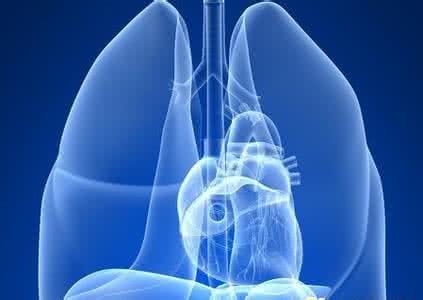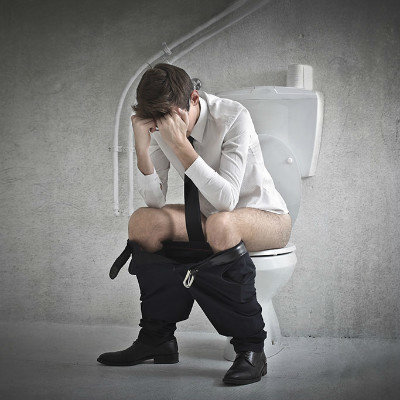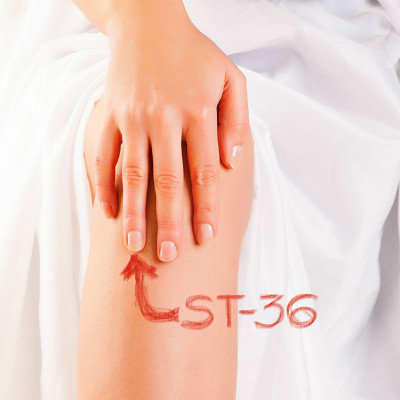How does bladder tuberculosis make water ache treat?
summary
There are usually two kinds of treatment methods for urinary tuberculosis. This disease brings great harm to patients. One is drug treatment, and the other is surgical treatment. Drug treatment is the most basic treatment method for urinary tuberculosis, and surgical treatment has strict requirements for patients' indications, So let's talk about how to treat bladder tuberculosis and urinary pain?.
How does bladder tuberculosis make water ache treat?
First: drug treatment is the most basic treatment of urinary tuberculosis. Due to the development of anti tuberculosis drugs, the surgical treatment of renal tuberculosis in the past has been changed. In the past, patients who believed that surgery is necessary may be cured by drugs, and patients who must undergo nephrectomy may retain the kidney through plastic surgery. The International Association against tuberculosis advocates that all tuberculosis patients should be treated with effective short-term chemotherapy. Short course chemotherapy not only has good bactericidal effect, but also has low recurrence rate. In foreign countries, the pathological specimens of nephrectomy were treated with rifampicin and isoniazid for 6-8 months. It was found that all the tuberculosis bacteria were killed and the cavity healed. The short course chemotherapy was composed of isoniazid, rifampicin and pyrazinamide. The total course of treatment was 6 months. Pyrazinamide was only used for the first 2 months. After treatment, if there is no calcification in the kidney, follow-up for 1 year. If there is calcification, follow-up for a long time until the calcification stops. Regular review should be conducted during the treatment. If the patient can not turn to normal after 6-9 months of treatment, or the kidney is seriously damaged, surgery should be performed.

Secondly, the indications of nephrectomy are: (1) extensive destruction of renal tuberculosis with loss of function; (2) renal tuberculosis with renal ureteral obstruction and secondary infection; (3) renal tuberculosis with massive hemorrhage; (4) renal tuberculosis with uncontrolled hypertension; (5) calcified nonfunctional renal tuberculosis; (6) extensive destruction of one side of bilateral renal tuberculosis, and nephrectomy of the seriously ill side when the contralateral lesion is mild; (7) drug resistance of tuberculosis, The drug treatment effect is not good. The purpose of nephrectomy is to prevent the formation of hypertension, abscess and fistula, improve the quality of life, and shorten the course of chemotherapy. Excessive residual ureteral end may be the cause of long-term bladder irritation after operation, which may not be cured even with triple anti tuberculosis treatment. The affected ureter should be removed as much as possible to prevent ureteral stump syndrome. Partial nephrectomy and nephrectomy are rarely used in clinic. The patients were treated with drugs for 2-6 weeks before operation.

Third: plastic surgery is mainly used in patients with local ureteral stenosis caused by tuberculosis and mild renal disease. The common site is ureterovesical junction, followed by ureteropelvic junction. The common operation methods are ureterovesical replantation and pyeloplasty, and ureterectasis can be used in a few patients.

matters needing attention
For patients with unilateral renal tuberculosis and contralateral hydronephrosis, if the renal function and general condition are good, nephrectomy can be done first under the treatment of anti tuberculosis drugs, and then the contralateral hydronephrosis can be treated after the improvement of bladder tuberculosis. In case of bladder contracture, bladder dilatation is feasible under the condition of mild upper urinary tract lesions; However, if the hydronephrosis of kidney and ureter is serious, urinary incontinence, bladder neck and urethral stricture should be treated by urinary diversion.















